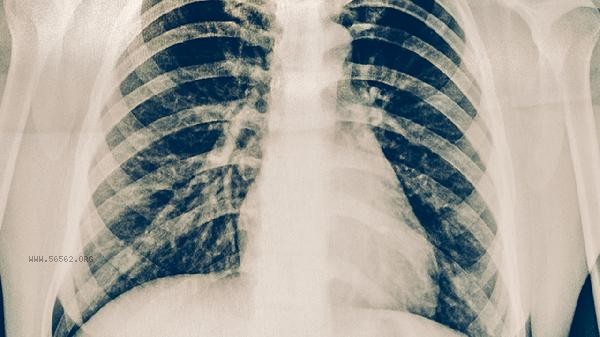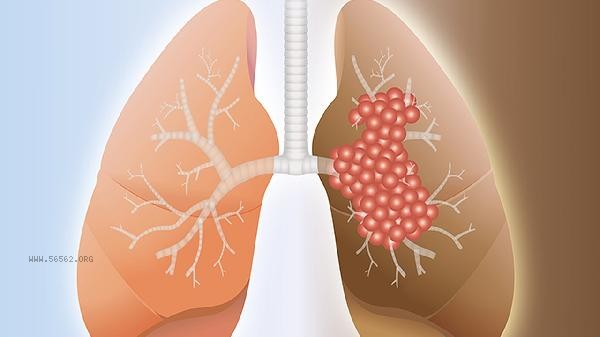Lung volume and total lung volume are important indicators for evaluating lung function. Lung volume refers to the amount of gas that the lungs can hold under different respiratory states, while total lung volume is the maximum amount of gas that the lungs can hold. The two are closely related but have different definitions.

1. Definition difference:
Lung volume includes specific indicators such as tidal volume, inspiratory volume, expiratory volume, and residual volume, reflecting changes in gas volume at different respiratory stages. The total lung volume is the maximum amount of gas in the lungs after deep inhalation, which is the sum of lung capacity and residual gas volume, representing the maximum expansion capacity of the lungs.
2. Inclusion relationship:
Total lung volume includes multiple components of lung capacity. For example, lung capacity, tidal volume, inspiratory volume, expiratory volume, and residual volume constitute the total lung volume, which is the basis for evaluating lung health.
3. Clinical significance:

Abnormal sub items of lung volume may indicate different diseases, such as increased residual gas volume commonly seen in emphysema. Abnormal total lung volume reflects overall lung function impairment, and the combination of the two can more accurately determine obstructive or restrictive lung diseases.
4. Measurement method:
Lung volume is measured in segments using a pulmonary function meter, and specific respiratory movements are required. The total lung volume is often measured using gas dilution method or physical box method, and the data from both methods need to be cross validated to improve accuracy.
5. Influencing factors:
Aging can lead to a decrease in total lung volume, while changes in various components of lung volume vary. There are also differences in the degree of influence of respiratory system diseases, chest deformities, and other factors on the two, which need to be analyzed in conjunction with specific indicators. Regular lung function tests can detect respiratory abnormalities early, and it is recommended that smokers and chronic cough sufferers undergo annual testing. Daily diaphragmatic strength can be enhanced through abdominal breathing training, and aerobic exercises such as swimming can help maintain lung capacity. Pay attention to supplementing vitamin D and antioxidants in diet, and avoid high salt diet that increases the burden on the lungs. When the total lung volume significantly decreases or lung volume indicators remain abnormal, further examinations such as chest CT should be performed in a timely manner.









Comments (0)
Leave a Comment
No comments yet
Be the first to share your thoughts!